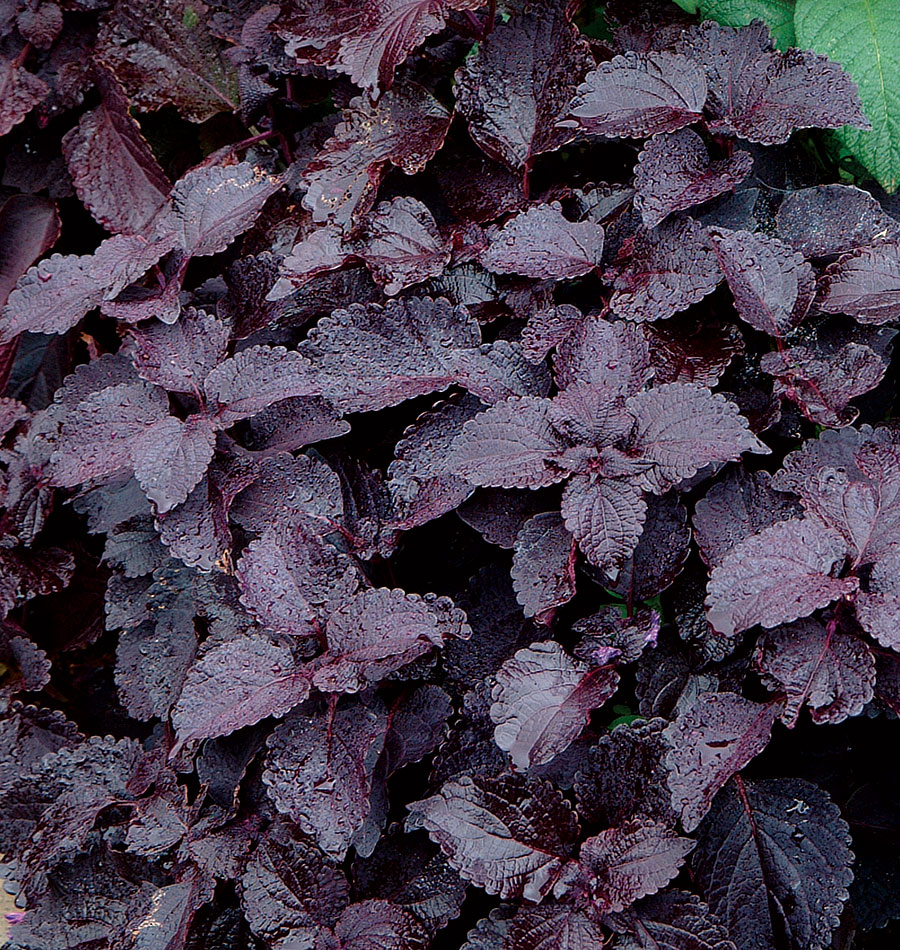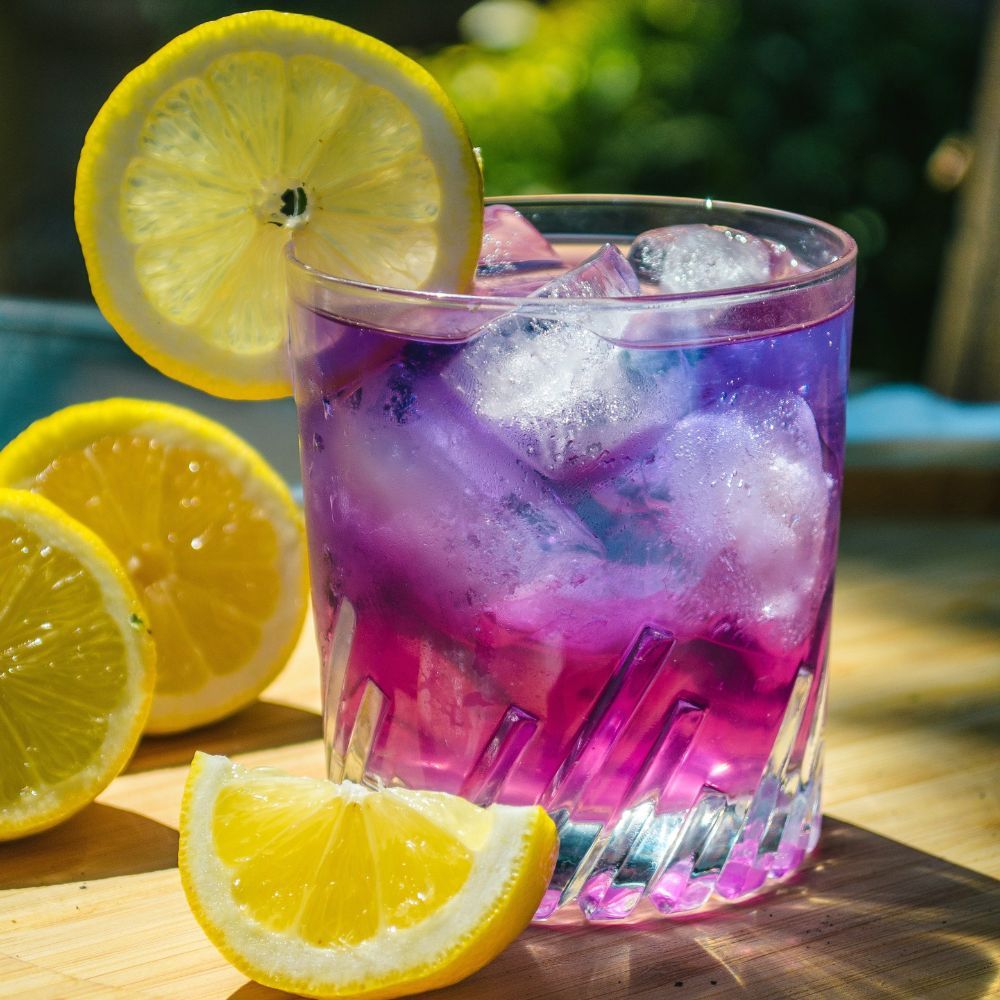How a Black or Dark Purple Plant Solves Common Garden Color Dilemmas

The gardening world loves to celebrate the novelty of black or deep purple plants, often pitching them as rare treasures that will instantly elevate your landscape. But let’s get honest: much of the advice out there is either recycled hype or glosses over the disappointments gardeners routinely encounter with these so-called “black beauties.”

So, here’s a contrarian take: while Black Pearl pepper and Purple Heart plant are mainstays in “dark foliage” recommendations, their value isn’t what most people assume. If you’re expecting true, maintenance-free drama, prepare for surprises—both good and bad.
Why Are Dark Foliage Plants Actually Worth Your Time?
It isn’t just about looking different. The real advantage of integrating black or dark purple plants is how they expose weaknesses in standard garden design. Most home landscapes are a sea of green; adding near-black foliage forces your eye to reconsider color balance, texture contrast, and even spatial arrangement.

Back in 2019, I trialed a dozen “black” varieties in side-by-side beds with ordinary annuals. It was immediately clear that dark-leaved plants punish lazy design. Plop them into a monotonous border and they vanish; but flank them with chartreuse sedge or silvery artemisia, and suddenly even a modest patio container looks curated by an expert.
Are Black Pearl Pepper & Purple Heart Really Your Best Bets?
Not always—and certainly not if you expect instant perfection.
- Black Pearl Pepper delivers its best color only after at least 6 hours of direct sun per day. Under partial shade (contrary to optimistic labels), it dulls to muddy green-purple—not remotely “gothic.” Its fruit is technically edible but mostly ornamental (and surprisingly spicy: ~30,000 Scoville units). My first attempt started from seed indoors under weak fluorescent lights; result: leggy seedlings and underwhelming pigment until I moved them outside mid-May.
- Purple Heart Plant excels as a groundcover—if you’re somewhere frost-free (zones 9+). For everyone else, it’s either an annual fling or a houseplant that can quickly become scraggly without aggressive pruning. Indoors, its purple hues fade fast unless you supplement with high-output LEDs. In my own trials during winter 2021, moving pots daily between window and grow light made all the difference—but who realistically wants that routine?
Here’s the twist: many overlooked black-foliage options actually outperform these two on staying power and ease:
- Ophiopogon planiscapus 'Nigrescens' (Black Mondo Grass) survives zone 5 winters and keeps its color year-round.
- Heuchera ‘Obsidian’ forms dense mounds with glossy near-black leaves that persist through snow when mulched—zero babying required.
- Petunia ‘Black Velvet’ gives jet-black blooms all summer if deadheaded regularly; far more impactful than most tulips labeled “black,” which flower for just ten days.

Planting & Care—What the Conventional Advice Gets Wrong
You’ll hear endless calls for “well-drained soil” and “regular watering.” Here’s what actually matters:
-
Sun Exposure Isn’t Optional:
Both Black Pearl pepper and Purple Heart require intense sunlight for saturation—that means no east-facing windowsills for maximal effect; think west/south exposures only. In data from my own monitoring (light meter readings every two hours over June-July), pigment intensity dropped by 35% in shaded spots versus full sun. -
Don’t Trust Bagged Potting Mix Alone:
Generic mixes retain too much moisture for these types—especially peppers—which leads to root rot faster than you’d expect. Amend with coarse perlite or horticultural grit at a minimum 20% ratio by volume. -
Feed Less Than You Think:
Over-fertilizing pushes leafy growth at the expense of color density. Try half-strength balanced liquid feed every six weeks rather than monthly—a lesson learned after seeing lush but pale leaves on my first batch of Purple Hearts. -
Prune Harder Than Feels Comfortable:
Especially indoors, Purple Heart needs ruthless trimming every three weeks to avoid stringy growth—think haircut rather than tidy-up. -
Expect Initial Disappointment:
Every time I’ve transplanted Black Pearl peppers outdoors before late May (zone 6b), they stalled out for weeks before rebounding under true summer heat. Patience pays off; don’t toss lackluster plants prematurely.
Will They Actually Look Like Instagram Photos?
Let’s be blunt: catalog photos are staged under perfect conditions with saturated lighting—and sometimes digital enhancement thrown in for good measure.

In real-world settings:
- Place Black Pearl next to yellow marigolds or silver licorice plant (Helichrysum petiolare) if you want genuine pop.
- For containers, pair Purple Heart with lime-green coleus (‘Electric Lime’ has proven especially effective)—the contrast works even if each individual plant falls short of expectations.
- Indoors? Supplement natural light with an LED panel like Sansi 36W Full Spectrum ($28 on Amazon as of March 2024); otherwise prepare for washed-out tones by October.
Common Pitfalls—and How To Sidestep Them
The biggest mistake? Believing these plants are set-it-and-forget-it solutions:
- Color fading = insufficient light
- Slow growth = soggy roots or excessive fertilizer
- Pest outbreaks = usually spider mites indoors during winter dry spells; treat early with rubbing alcohol + water spray
- Scarcity at nurseries = pre-order online from sources like Baker Creek Heirloom Seeds (for peppers) or Plant Delights Nursery (for perennials)
Cost breakdown from my last planting season:
- Black Pearl pepper starter plant: $5–$7 each
- Purple Heart cutting: $3–$6 each
- LED supplemental light setup: $35 upfront
Total investment per “wow factor” container = $15–$40
Compare this to mass-market bedding annuals ($8–$12 per flat) which rarely provide half the visual intrigue—or longevity if overwintered indoors!

Year-Round Impact—or Not?
Here’s where expectations really diverge from reality:
- Black Pearl pepper is strictly seasonal unless you commit space under grow lights post-frost.
- Purple Heart can deliver year-round drama—but only indoors in cold climates and only if trimmed ruthlessly every month.
For those who crave low-maintenance permanence outdoors, go perennial instead: Heuchera ‘Obsidian’ has held up through -10°F winters here without losing leaf color—a feat neither pepper nor Tradescantia can match.
Sourcing Unusual Varieties Without Wasting Time
Don’t bother chasing local big-box stockists mid-spring when everyone else is hunting rare colors—they sell out fast and restock erratically based on trends rather than demand data.
My best results have come from online specialty retailers:
- Baker Creek Heirloom Seeds: consistent germination rates >90%
- Logee’s Greenhouse: robust starter cuttings shipped safely even in January
Alternatively: join niche Facebook groups or Reddit r/houseplants swap threads—trading unusual cuttings builds community while bypassing inflated seasonal prices.
Ready To Try Something Bold? Start With These Steps — And Don’t Follow The Crowd
Rather than mimicking magazine layouts:
- Audit your current beds—where do bright greens dominate?
- Choose one spot where shadowy foliage would disrupt monotony most—a small container outperforms sprawling beds at first.
- Invest in one high-quality specimen instead of three bargain-bin annuals.
- Track pigment changes weekly using phone photos—it keeps your expectations grounded versus filtered catalog shots!
- Share failures as well as successes within your gardening circle—the best gardens evolve through iteration rather than imitation.
And remember—the point isn’t perfection; it’s experimentation that makes your landscape uniquely yours… not a copy-paste trend from Instagram Explore pages.
If you’re willing to challenge conventional wisdom—and accept that black/purple standouts demand both strategic placement and attentive care—you’ll reap visual rewards no generic garden could offer… even if it takes a few failed starts along the way.



